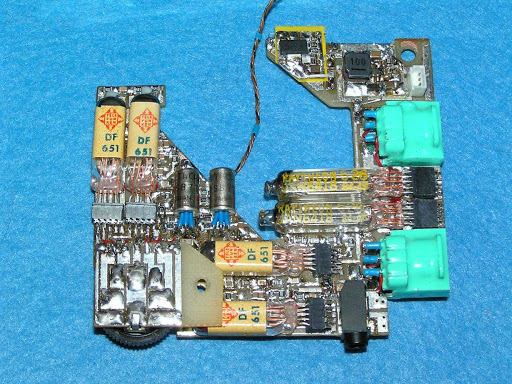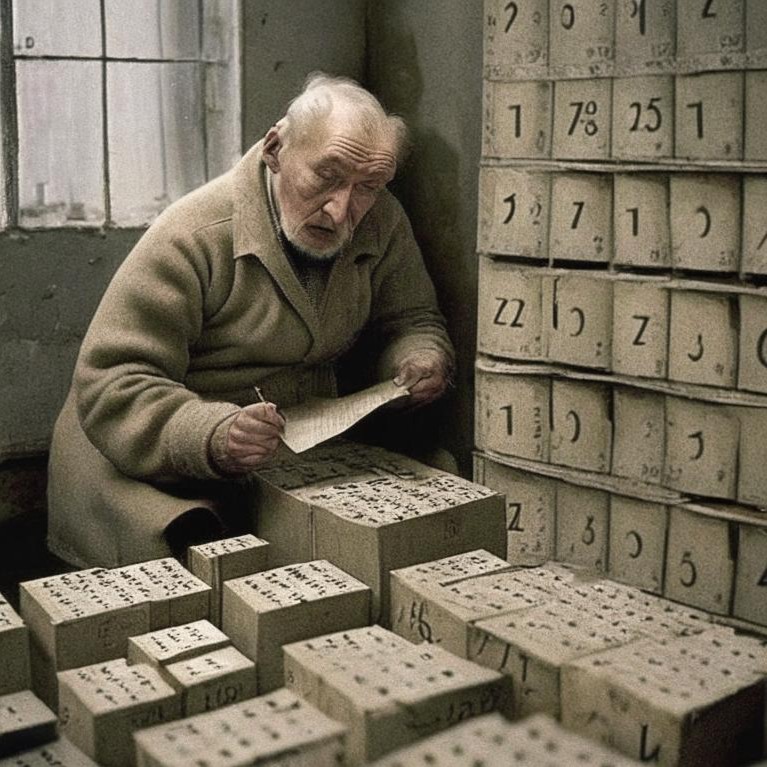Smartphone for the audiophile: reflections on need and criteria
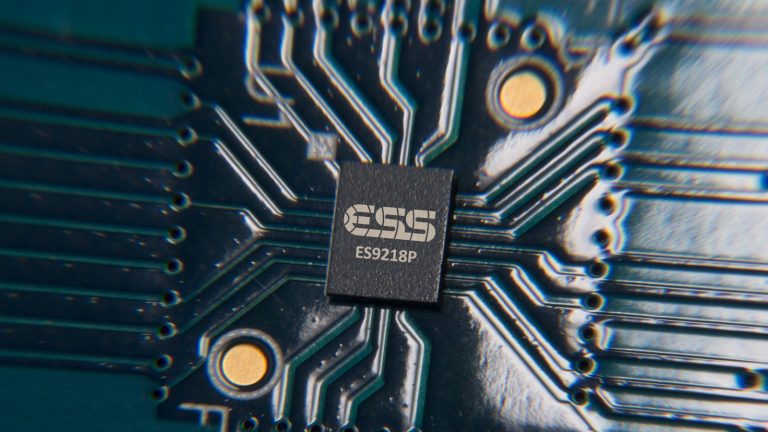
I will explain a little further what the reason for my skepticism is, in addition to the likely hearing loss, which I am sometimes accused of by some radical audiophiles. In this post, I want to understand how viable the concept of an audiophile-music lover smartphone is today, if we accept as fact the controversial thesis about the importance of expensive discrete DACs for fidelity.
Briefly and objectively
The quality of DACs at the measurement level is different. This is what determines their cost. The difference is noticeable by ear, and this, in all honesty, can be noticed subjectively by listening strongly (at least, I have not seen blind tests refuting this thesis). So the basic element of a music lover dialer is a DAC. It should be highlighted.
An amplifier is also a system that can introduce a lot of distortion. Moreover, its characteristics are important for an audio smartphone because really high-quality headphones, as a rule, have high impedance. A weak amplifier simply will not pull them.
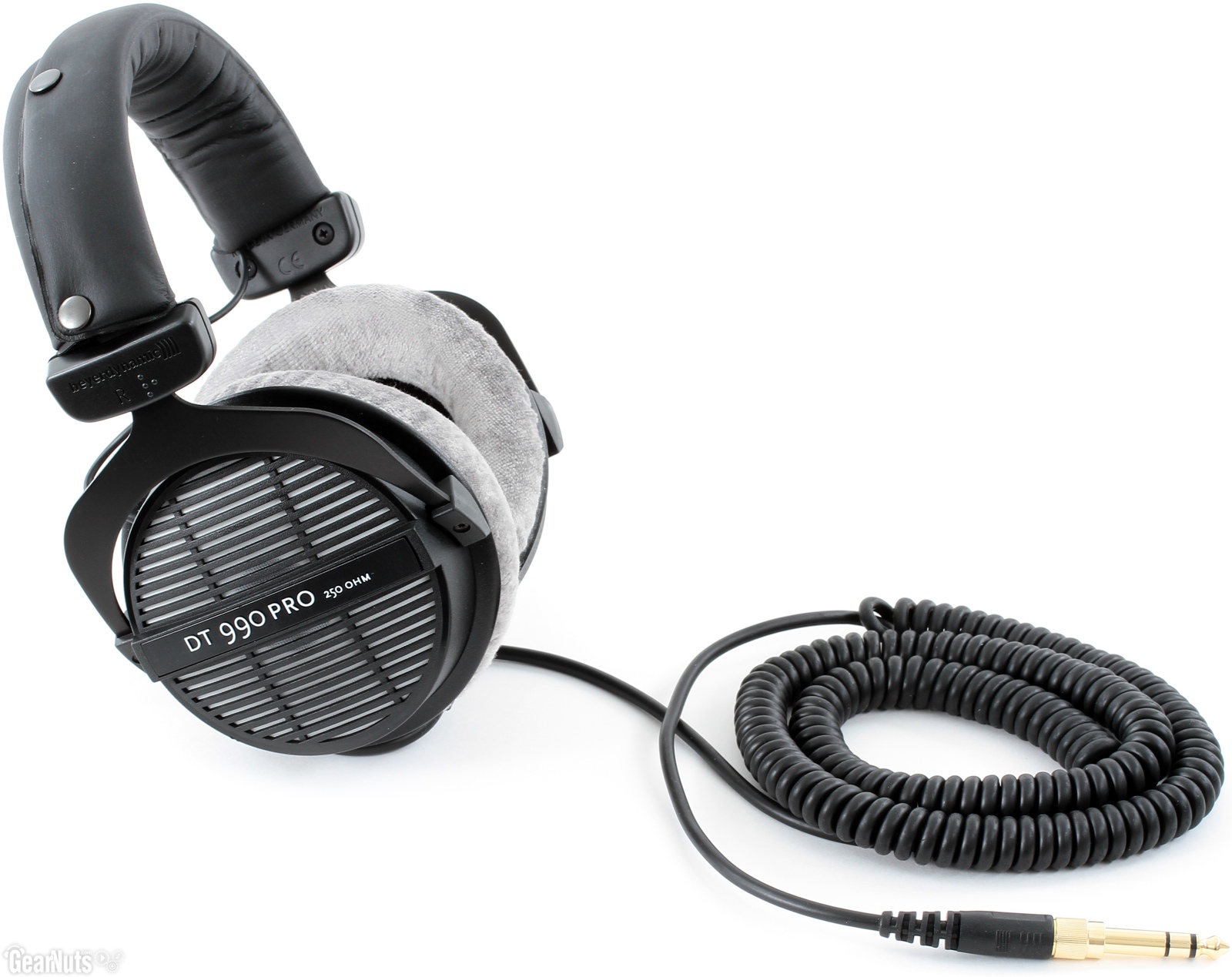
Good DACs and powerful amplifiers (capable of pumping 60, 100 ohms and more) are almost certainly energy-hungry. For this reason, an audiophile smartphone must have a large battery capacity. Somewhere 5-6 thousand mAh or more. And finally, a large amount of music material recorded in lossless formats, which some of the audiophile fraternity sometimes still prefer to streaming services, will require an adequate amount of memory.
And here the question arises whether such a smartphone is needed, given the abundance of specific tasks and the absence of requirements for the direct functionality of the device, i.e. communication? Isn’t it easier to buy a trendy audiophile player instead of trying to find philosopher’s Stone a fabulous gadget that will also call, take selfies and send messages to instant messengers?
Meanwhile, such devices exist, and, interestingly, they are cheaper than less functional players. For consumers who have not delved into the topic, two natural questions arise. Is there a difference? And which is better? In many ways, each consumer answers these questions in the process of a conscious choice, as well as the question: “Is this all necessary at all?” I will offer my version of the answers with a fair share of subjective judgments, but not without relying on facts untouched by taste. I’ll start, as always, from afar …
In almost antique antiquity
In the shaggy 2000s (and perhaps even a little earlier), when every megabyte was counted, the concept of an audio smartphone was really relevant, there were interesting models from Nokia, Sony Ericsson and Motorola, which looked more like advanced players than phones. They were distinguished by massive physical playback control buttons and ergonomics, allowing you to switch, control volume, pause and play right out of your pocket, blindly. I believe that the audience still remembers the times when most of the devices did not yet have touch control interfaces.
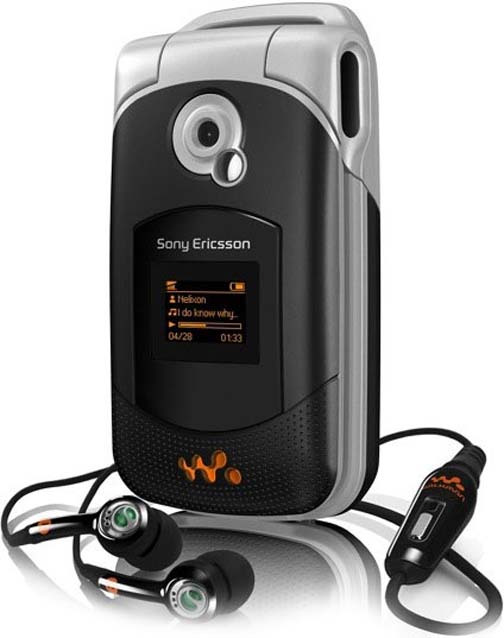
Of course, there was no question of any high-impedance headphones. The 16 Ohm resistance, forgotten today, was especially relevant in those days, since it allowed squeezing out the very screaming sound from the phone with fashionable buzzing excess lows and screaming mids from the “blood from the ears” series. As you know, low impedance is good for sonic performance, but sacrifices fidelity. If an audio smartphone (player-phone) of that time was able to reproduce sound at sufficient volume on 32 Ohm headphones, this was already considered a significant achievement. As well as the memory size of 1-2 GB.
Over time, the emergence of a modern form factor with an impressive number of possibilities made multifunctional player phones unclaimed. But in a fit marketing Inventive frenzy, manufacturers offered the market new devices designed for audiophile audiophile target audience. Today we know them as audio smartphones and smartphones for music lovers. In many ways, I associate their appearance with the fact that a potential consumer associates a new product with some SonyEricsson Walkman, which was an excellent device for its time. A potential user buys it in full confidence that the new audio smartphone will have the same audio capabilities as SonyEricsson differed from the dull push-button dialers.
Players and audio smartphones – competitors or not?
In fact, if we consider the capabilities of players and a smartphone (even audiophile) in detail and go into details, then these devices differ significantly in their capabilities. And first of all it concerns amplifiers. The maximum headphone impedance that a super-audiophile smartphone can count on does not exceed 150 Ohm, at least I have never come across devices that would be able to swing headphones with high resistance while maintaining normal volume. At the same time, many players can cope with two hundred and even three hundred-ohm headphones.
I would be fine with headphones. Further, the differences in the fidelity of reproduction are practically invisible to me, but I am so-so audiophile. People who buy players, especially from manufacturers such as HiFiMan or Astel & Kern, are not at all the people who are satisfied with half measures. Also, in such players, an unjustified, but often significant for audiophiles, technical solution is used, each channel is processed by a separate DAC, which reduces the load on the converter and, according to some manufacturers, the alleged likelihood of quantization artifacts. In a smartphone, even a music lover, such a solution looks completely unjustified, and is practically not applied.
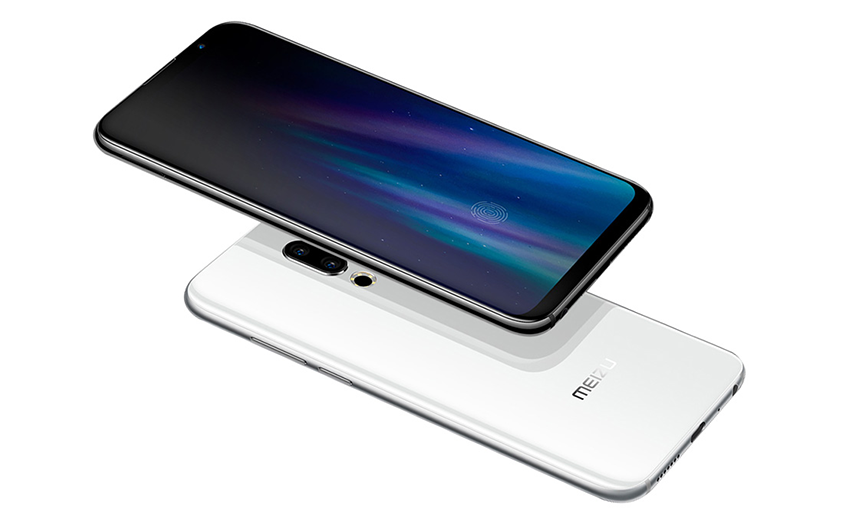
Among modern smartphones, the following models can be distinguished, where an emphasis is placed on audio data reproduction and a high-performance and expensive discrete audio DAC is installed:
- LG V40 ThinQ
- Vivo Nex Dual
- OPPO Reno 2
- Meizu 16th
Also, many recommend Apple iPhone 11 as an audio smartphone, subjectively noting the good sound of the device. Meanwhile, none of the above models is capable of providing sufficient amplification power for headphones with an impedance above 120 – 150 Ohm, and for some, even a hundred-ohm impedance will become a problem.
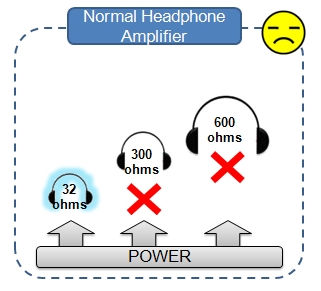
A bit of humor about a warm tube smartphone
Many people call the time we live in the analog equipment renaissance. From year to year, more and more people are nostalgic for vinyl, tube amplifiers and similar archaic solutions in electronics. Thinking about which smartphone might appeal to people who prefer analog devices, I came up with the following concept.
So, the ideal audiophile smartphone for an analog audiophile should have a built-in micro-reel tape recorder, which picks up sound, obviously, from the thinnest magnetic wire. Also equipped with a turntable for microvinyl discs, always with a tangential tonearm and an MC cartridge equipped with a shibata-sharpened diamond needle.
Something like this might look like the guts of a real lampophile smartphone
It goes without saying that the installation of subminiature lamps, on which everything that somehow relates to sound reproduction should work, must be hinged, and the connections are made using silver wires. A sector volume control with a gas-discharge level indicator and a pair of small analog potentiometers built into the monobrow to the right and left of the front camera are also required.
Naturally, wireless interfaces are useless for such a device, but a balanced headphone cable with rhodium contacts made of oxygen-free 99-proof platinum and insulation of a pink unicorn mane woven from hair, cut off by all means on a full moon, is badly needed.
Dry residue
Of course, there are people who will be interested in the so-called. audiophile smartphones, but audiophiles, in the full sense of the word, can hardly be called. Those chasing DAC specs will most likely buy players. Lovers of analog sound will agree to use a smartphone for sound reproduction only when it learns to play vinyl discs. Thus, for among potential users of audio smartphones, there remains a relatively small stratum of owners of so-called. medium-high impedance (up to 150 Ohm) headphones, for which it is important not to lose sound quality everywhere, while you do not want to purchase an additional portable headphone amplifier, the cost of which may be higher than the cost of a smartphone.
In our catalog no smartphones, it has a wide range of headphones, DAC and amplifiers, portable media players, as well as other audio and video electronics
